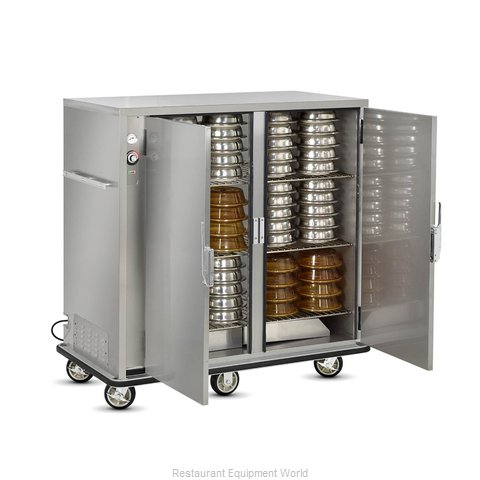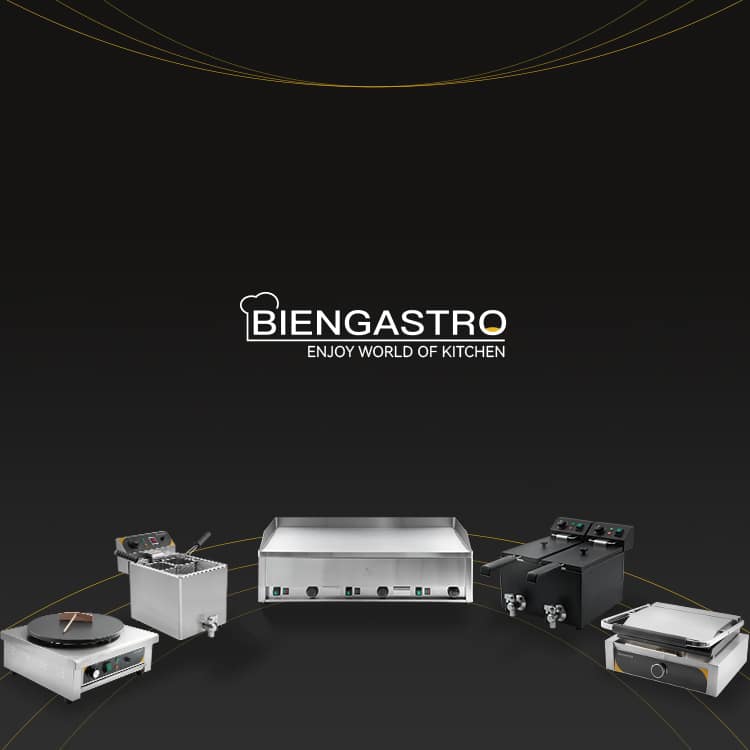Kitchen Equipment for Restaurant Heated Carts: Ultimate Guide
By Simon, Commercial Kitchen Designer & Consultant (15+ years experience)

1. The Unsung Hero of Mobile Food Service: Why Heated Carts Matter
Heated carts are the Swiss Army knives of the food service industry—versatile, portable, and often underestimated. In my career, I’ve seen everything from a stainless steel cart salvaging a wedding reception during a power outage to a $15,000 custom-built unit becoming the centerpiece of a Michelin-starred pop-up. But let’s cut through the hype: these tools are only as good as their design and integration into your workflow.
Real-World Example: A bistro in Miami struggled with humidity warping their cart’s electrical panels. We swapped standard stainless steel for marine-grade 316L (common in coastal Sri Lankan kitchens) and added silicone gaskets—problem solved.
2. Anatomy of a Great Heated Cart: Beyond the Brochure Specs
Critical Components:
- Heat Source: Gas vs. electric? For high-heat needs (like wok stations), Sri Lankan manufacturers swear by high-pressure gas burners (e.g., Garland G48 series8). But electric induction carts (like Atosa MCE-24) dominate in eco-conscious cities like Portland.
- Surfaces: Opt for 18/10 stainless steel—it’s thicker than the 18/8 used in budget models. Pro tip: A dull brushed finish hides scratches better than mirror polish.
- Mobility: 6” casters are standard, but I’ve seen 8” industrial wheels save the day on cobblestone streets at outdoor markets.
Tactile Truth: Ever grabbed a cart handle that’s been baking under heat lamps? Insulated handles (like those on Hobart HCM450 carts) prevent burns—a small detail clients never think to request.
3. Regional Realities: How Climate and Culture Shape Cart Design
- Tropical Climates (e.g., Sri Lanka, Florida): Prioritize corrosion-resistant materials and ventilation. The Silver Tech Lanka team uses perforated stainless backsplashes to combat steam buildup210.
- Cold Regions: In Chicago, I’ve retrofitted carts with double-wall insulation and magnetic strip doors to retain heat during winter festivals.
- Regulatory Quirks: California’s Title 24 energy codes require carts with automatic shut-offs—something vendors from less regulated markets often overlook.
4. “We Didn’t Think About That”: Common Oversights & Fixes
Client Mistake #1: Choosing aesthetics over function.
A Beverly Hills hotel insisted on a copper-clad cart… until they realized it required daily polishing to avoid tarnish. We compromised with copper-look stainless steel from Vevor8.
Contractor Feedback:
“Clients forget about grease management. I always add a drip tray that’s 2” deeper than they think they need.”
— Luis M., 20-year kitchen installer
Workaround: For carts used with fryers, specify a 45-degree angled drip edge to direct oil into catch pans.
5. Budget vs. Reality: What 5K vs. 50K Gets You
| Budget Tier | Example Model | Trade-Offs |
|---|---|---|
| 3,000–7,000 | Avantco HCS-24 | Thin gauge steel (14 vs. 18), basic thermostat |
| 15,000–25,000 | Southbend SDX-360 | Customizable zones, commercial-grade seals |
| $30,000+ | Custom-built (e.g., Shree Manek’s modular units16) | FDA-compliant materials, IoT temperature monitoring |
Cost-Saving Tip: Refurbished carts from cruise lines (like those serviced by The Veitch Group10) offer 40–60% savings but require thorough inspection for saltwater damage.
6. Safety First: Lessons From the Trenches
- Gas Carts: Always include a leak detector (e.g., RKI GX-2011). I’ve seen $200 sensors prevent disasters at outdoor beer festivals.
- Electrical: Use GFCI outlets and in-line breakers—doubling up saved a client’s cart during a monsoon in Kerala.
- Ergonomics: A Nashville BBQ joint learned the hard way: carts over 36” wide can’t navigate standard kitchen doors.
7. The Future: Smart Carts & Sustainability
Emerging trends I’m betting on:
- Solar Hybrids: Prototypes using panels from the Solar Coffee Dryer project3 are being tested in Arizona.
- AI Maintenance Alerts: A Dubai startup now offers carts that predict coil failures using vibration sensors.
- Material Innovation: Bamboo composite shelves (lighter than steel, antimicrobial) are gaining traction in vegan cafes.
Final Takeaway: Heated Carts Are a Conversation
The best designs emerge when chefs, installers, and health inspectors collaborate early. Case in point: A food truck in Austin avoided 3 months of permit delays by involving the fire marshal in their cart’s blueprint phase.
Got a heated cart horror story or genius hack? Share it below—I’ll trade you my secret source for heat-resistant silicone gaskets!
Further Reading:



